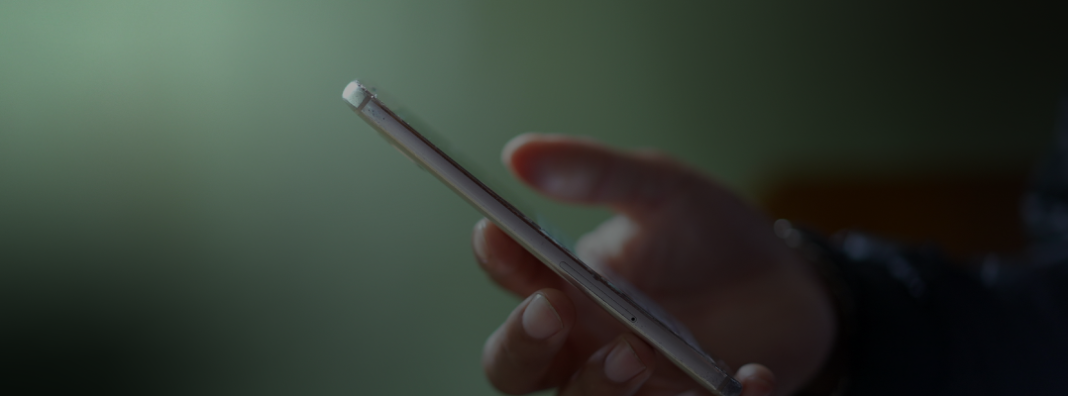
On October 4, 2021, Facebook, Instagram, and WhatsApp were inaccessible for almost six hours due to a network configuration issue. All communication on the platforms halted worldwide. It was a nightmare for the company, but a boon for understanding how users make choices in attention markets.
When Facebook goes offline, where do people go?
According to calculations compiled by CGO Fellow Isaac Crosby, the Meta platforms lost 23.6 billion consumer minutes during the outage. Just over a third of the lost time shifted towards other social media and streaming platforms. Indeed streaming services made up nearly a quarter of the lost time. But 14.4 billion minutes of user attention went unaccounted for. Meta’s blackout didn’t completely translate onto other sites.
So, when Meta’s sites went offline, some people tuned out altogether.
The amount of slack created by the glitch highlights three aspects of competition online.
For one, there is a sizeable portion of the user base that will switch to other sites if Meta isn’t available. Competition truly is a click away. Second, while social media sites did gain traffic, the biggest net beneficiary was Netflix. Third, Meta’s services seemingly have no perfect substitutes. Both Facebook and Instagram provide unique services that cannot be replicated elsewhere.
Some might read this episode as a monopoly story, but a closer look reveals the subtle ways that platforms compete. More importantly, the blackout event undermines a key part of the Federal Trade Commission’s (FTC) case against Meta that is making its way through the courts. Understanding where people went when Meta wasn’t available is critically important for understanding how competition works in practice.
Putting it together: the value of the blackout
Meta commands the world’s attention. On a daily basis, almost 2.9 billion users utilize the social media giant’s platforms. Altogether, Meta holds user attention for a total of 95.2 billion consumer minutes each day.
When the platforms went down, users went elsewhere. They went to Snap, Twitter, and TikTok but the levels weren’t identical. There was some loss that wasn’t made up by the other sites.
During the downtime, AT&T clocked massive declines in mobile data usage across eleven major cities in the United States. Declines hit double digits in New York City (11%) and Houston (10.6%) during the six-hour period “coinciding with a disruption across several top social media platforms,” the carrier said.
By our rough calculations, the Meta platforms lost 23.6 billion consumer minutes, but only 9.2 billion consumer minutes were made up elsewhere. So approximately three-fifths of the time, or 14.4 billion minutes of user attention, was effectively lost.
Crosby’s dataset lays out the rough estimates. First, the total amount of consumer minutes per day was calculated using survey data from eMarketer. The total change in consumer minutes from the blackout was then calculated from industry tracking data from that day.
Snapchat saw the largest usage increase, notching a 23% increase in time spent on the platform. Telegram, Signal, Twitter, and TikTok also experienced increased activity. Though it is not recorded here, Telegram reported receiving 70 million new users during the outage.
Despite the attention captured by both social media and streaming services, the vast majority of displaced time remains unaccounted for. The graph below helps to visualize the difference.
What it means
Taken altogether, the blackout undercuts one of the foundational tenets of the FTC case against Facebook. The case is built on a narrow understanding of the relative market for competitors, what the agency calls “personal social networking.” Defining the market so narrowly allows the FTC to claim that the core products of Meta are different from messaging services like Signal and iMessage, as well as Twitter, TikTok, and Netflix.
The blackout shows that consumers are acting as though these services are competitors.
The usage data collected during the Meta outage reveals how people understand their second-best choice. These choices are the ones that matter. They best capture the essence of competition because they help to explain where people go if Instagram or Facebook are unavailable.
Other social media platforms were big winners of Meta being down. Snapchat, especially, seems to be a clear substitute to Meta’s services. To a lesser extent, Telegram, Signal, Twitter, and TikTok are all alternatives as well. Still, social media appears to comprise a relatively small amount of the displaced attention, accounting for just 15% of the usage time diverted from Facebook, Instagram, and WhatsApp.
In fact, Netflix was the single biggest beneficiary of the blackout. The site alone picked up nearly 25% of the time. When faced with real choices in the marketplace, four of every ten Meta users switched to other streaming and social media services.
The ease with which users just moved elsewhere online is telling. It is undeniable that Meta has market share. But market share doesn’t matter all that much. What matters is the company’s market power, the ability to keep prices over the competitive level.
Traditionally, monopolies have been a public policy concern because they can raise prices or restrict output. They have market power. But platforms cannot do either. They are free in price and generally open to all. Thus, market power online tends to be more subtle than output and price considerations alone.
Rather, platform market power shows up as lock-in. To be sure, lock-in is hard to quantify, but it means that consumers cannot easily switch to another site. The blackout indicates that users aren’t strongly locked-in. There is a sizeable portion of the user base that will switch to competitors like Netflix, Snapchat, and TikTok if Meta is down.
Competition truly is a click away.
The FTC’s case against Meta hardly reflects these real-world choices and the courts have agreed. Around this time last year, the DC District Court threw out the FTC’s case against Meta agreeing with the tech giant. “Although the Court does not agree with all of Facebook’s contentions here,” the opinion read, “The FTC has failed to plead enough facts to plausibly establish a necessary element of all of its Section 2 claims — namely, that Facebook has monopoly power in the market for Personal Social Networking (PSN) Services.” The FTC eventually refiled the case, so the agency might still prevail, but increasingly the case looks iffy.
Some might read the Meta downtime story as just another instance of a company acting like a monopoly. A deeper look, however, shows quite the opposite. Read as a whole, the blackout undermines two common narratives about big tech companies.
For one, consumers do switch. While Meta went offline, competing social media and streaming sites picked up the traffic. Competition policy should be concerned with market power and the ease with which users switched suggests that the sites aren’t unassailable.
Second, about two-thirds of all users did something else entirely. While it may be impossible to retrace everyone’s steps now, it is clear that Facebook and Instagram are the first best choices for many people. Indeed, the lost time might be best understood as the core markets for these two sites.
Policy leaders and pundits have rightly been concerned about big tech, so this event should be read as a warning sign. Competition concerns don’t seem as dire when real-world events expose how consumers actually make choices.

